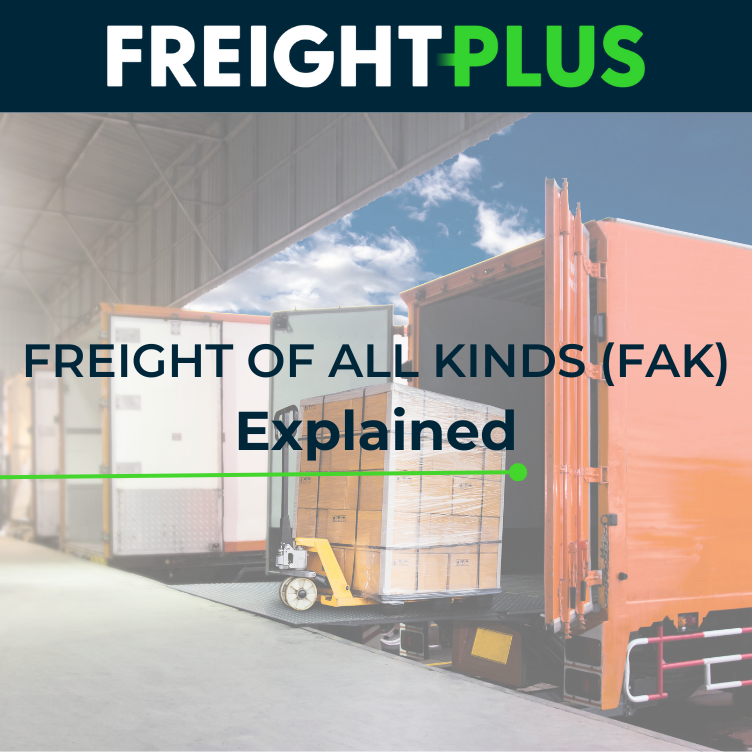When it comes to shipping goods, one of the most important factors to consider is the freight class. However, despite its significance, it is a topic that is often overlooked or misunderstood. Freight class is not only complex and deep, but it is also confusing and broad, leaving many people wondering how to find just the right freight class for their specific commodity. In this article, we will take a closer look at Freight of All Kinds (FAK), a long-time LTL strategy, and its importance in negotiating LTL pricing.
What is Freight of All Kinds (FAK)?
In LTL negotiation, the freight class is an essential input to carrier pricing. Negotiating LTL pricing can save money and simplify the shipping process, and the shipping class is part of that overall negotiation. Freight of All Kinds (FAK) is a shipping classification in LTL that allows businesses to ship multiple products with different freight classifications under one rated class.
When Should I Use FAK?
When your LTL shipment data is accurate and available, your commodity/product knowledge is clear, and you are integrated via API to carriers, using actual class, or possibly some sort of smaller tiered FAK is the better route. It results in less perceived risk from carriers when they lock in the pricing, which is often effective for 12 months at a time.
Considerations
However, it is important to note that if the class mix changes over that year, and the carrier has a broad FAK in place, it can result in margin erosion, as they are incurring costs associated with higher class freight (more space occupied on trailers, higher claims amounts) but getting revenue at levels correlated with lower freight class. When a broad FAK needs to be implemented, it is usually a result of some information or process that’s missing or neglected. For some shippers and 3PLs, a broad FAK is the only way they know to go.
In the near future, rather than requesting a broad FAK tier from carriers or even multiple tiers within the same pricing, a shipper might be inclined to capture dimensions and ask for density-driven pricing. That way, they still don’t need to figure out each individual NMFC number needed for their products, but they can simply measure and classify the freight based on the average density of the product.
To learn more about LTL Negotiations, we’ve created a white paper on the best practices our FreightPlus subject matter experts have accumulated over our 30 years in logistics. Access the LTL Negotiations White Paper Here.
In this guide you will learn:
- The carrier’s operations and needs
- The freight data to collect
- Tips and tricks for negotiating



